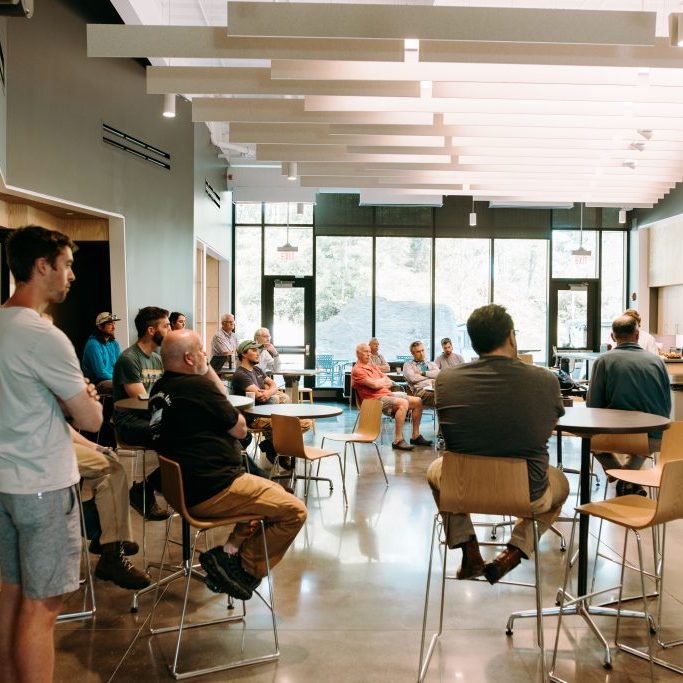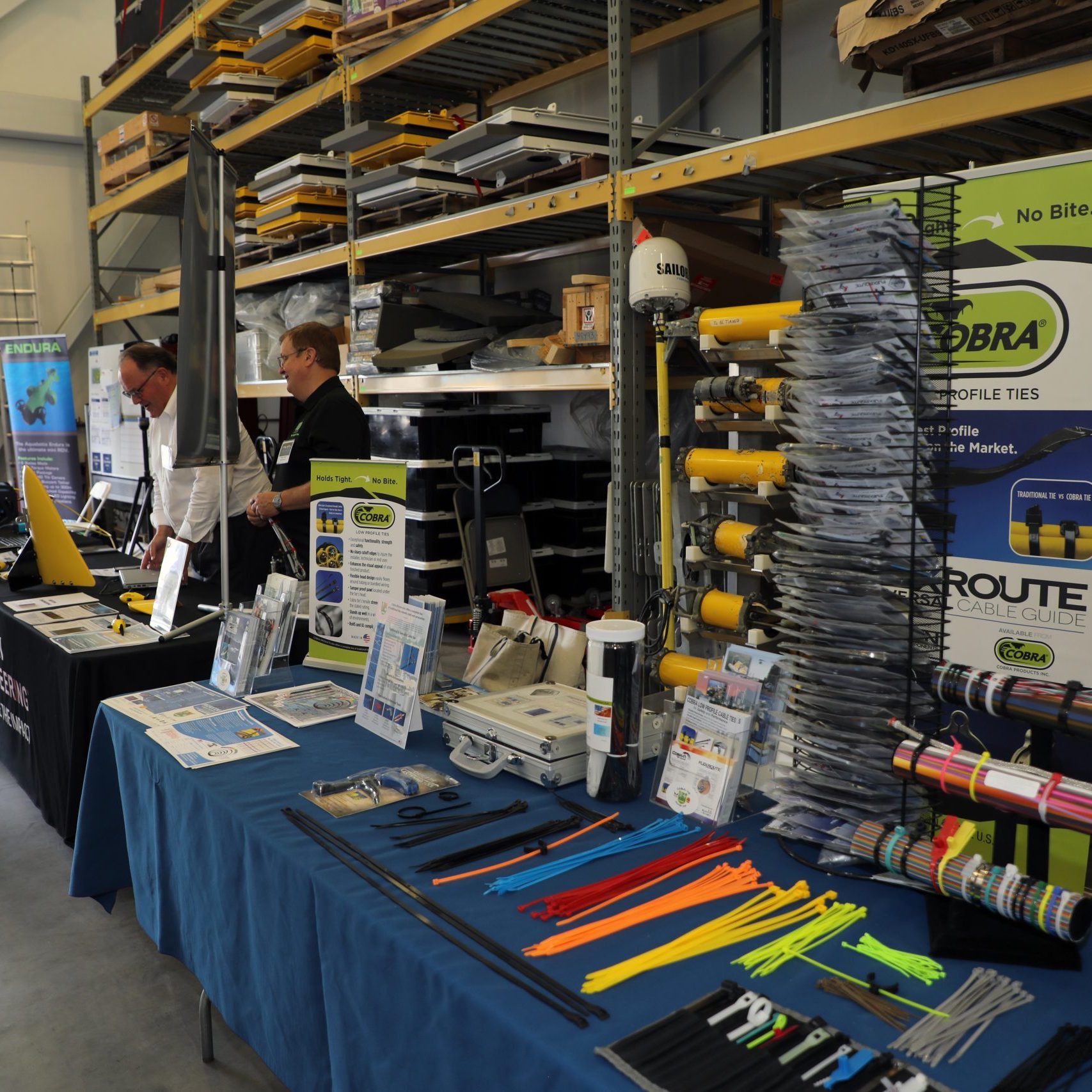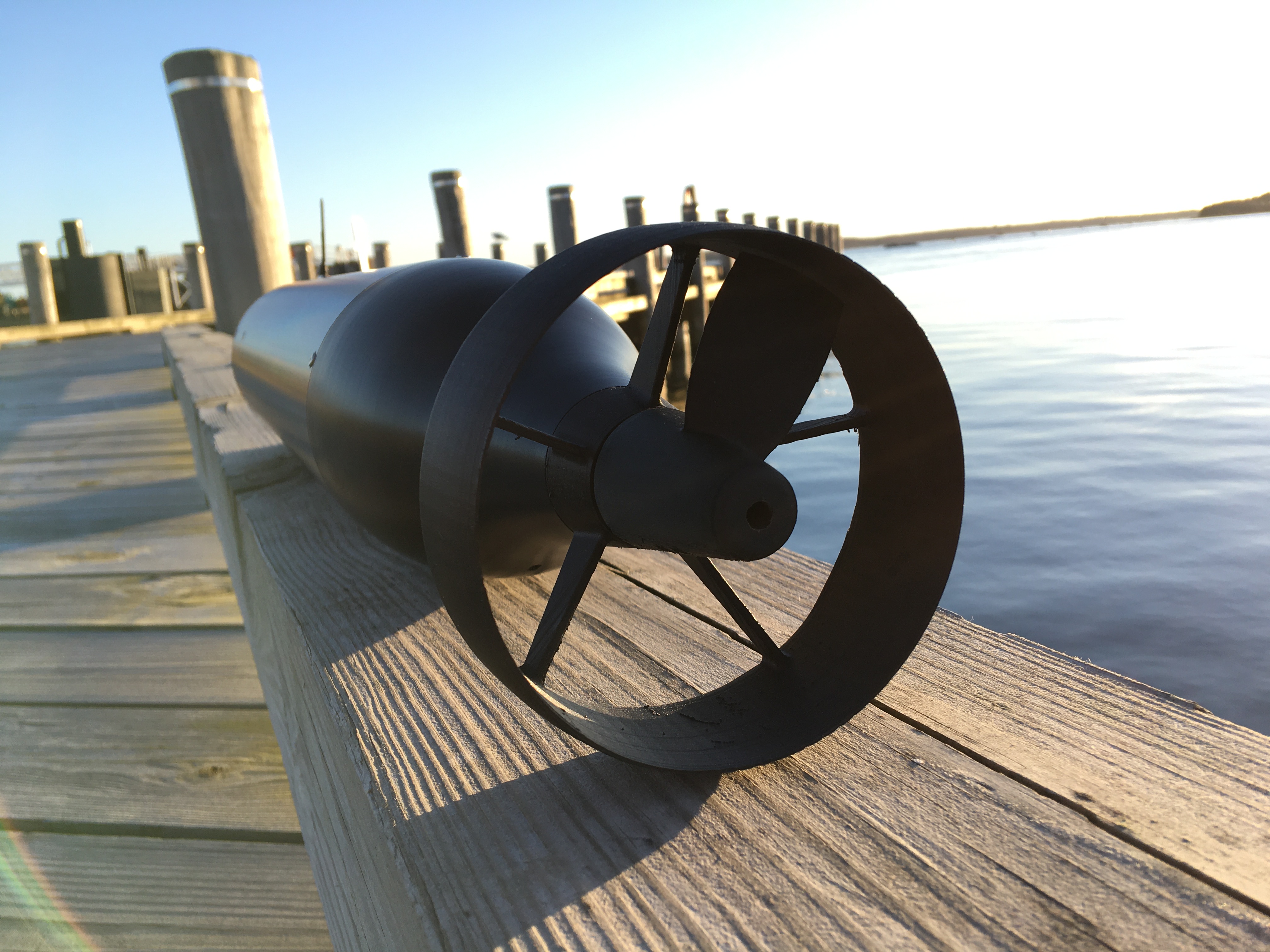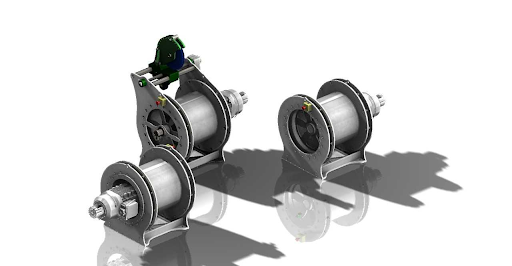The Office for Technology Transfer at Woods Hole Oceanographic Institution is committed to amplifying the impact of WHOI innovations through technology advancement and successful licensing. Through strategic collaborations with industry and academic partners - WHOI aims to move technologies from lab to marketplace.
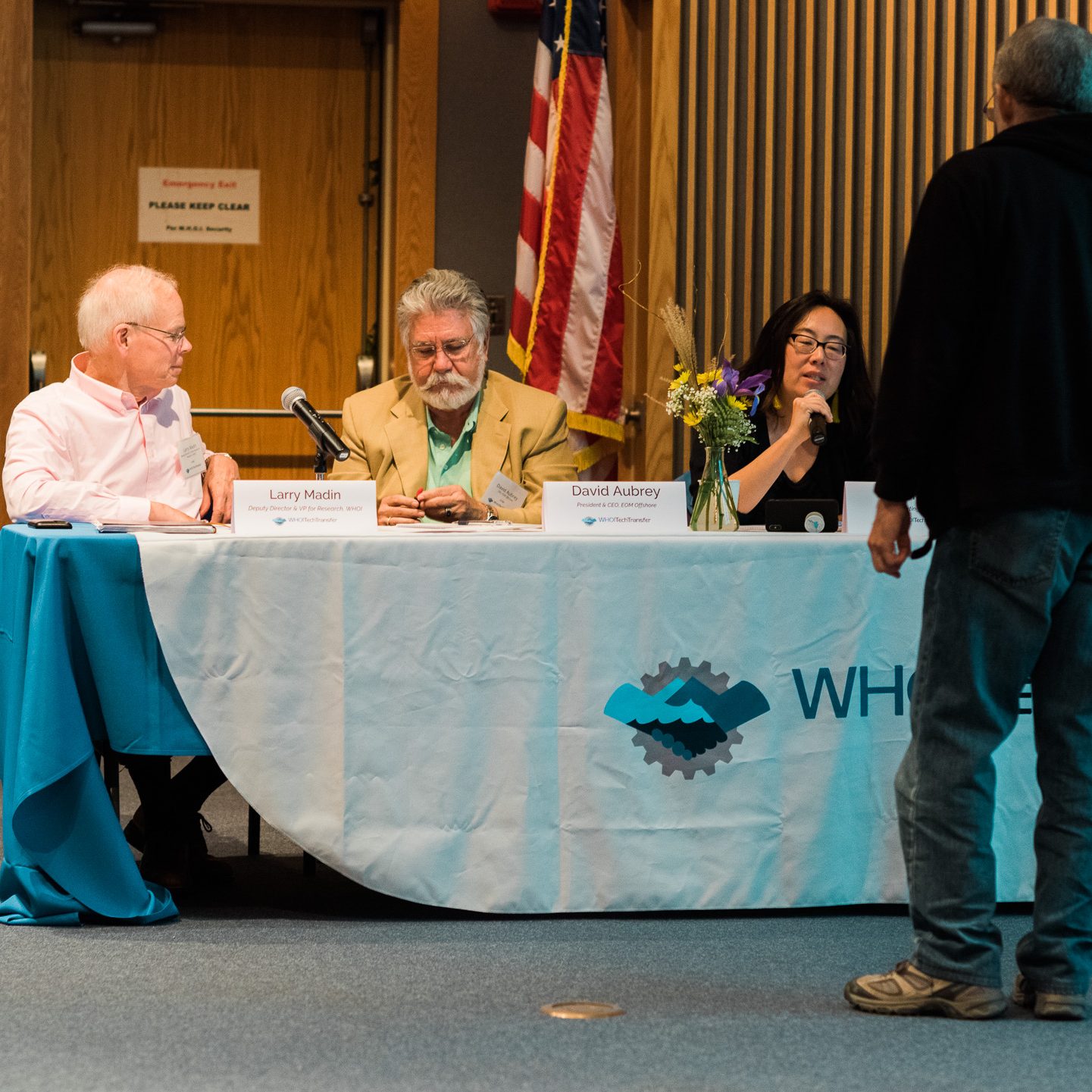
Browse innovative WHOI technologies & licensing opportunities below or contact the Office for Technology Transfer to discuss other opportunities to help transition WHOI technologies to the marketplace.



